Under the Silver Lake

David Robert Mitchell’s Under the Silver Lake is a remarkably delightful ode to the Golden Age of Hollywood featuring an awesome score and exciting cinematography. Objectively, it is an inventive take on a modern suspense film. However, the blatant misogyny that’s both written into the script and visually spelt out in the mise en scène completely prevents any positive reception of what is otherwise a wonderful movie.
Andrew Garfield stars as Sam, the beta-male loser protagonist whose belief that the rich and powerful use the media to transmit secret messages and codes propels him to investigate the disappearance of his mysterious and beautiful new neighbour Sarah (Riley Keough). Something sinister and profound is at hand and an inexplicable but polarising attraction to her after only one meeting launches him on a journey to crack the code and unravel the dark secrets the city is hiding.
Nods to classic film noir and the suspense/horror genres of both print and screen are seamlessly woven into the feature, making it an interesting piece in conversation with both the past and present. The director makes it obvious that Hitchcock was a big influence and in many ways, this clear inspiration is at the heart of this picture. Like Hitchcock, Mitchell makes use of a fantastically expressive score which affects the viewer on a visceral level. On a more literal note, the world of the film exists in a highly stylised Los Angeles, one a character acknowledges as being reminiscent of The Great Gatsby. We’re catapulted into a modern milieu which has the feel of the 1920s, piquing our interest to explore the environment along with Sam and figure out what other secrets lie within a time and space we thought we knew.
Where things go horrifically awry is in how closely Mitchell’s female characters resemble those of an antiquated yet still somehow pervasive approach to depicting women in cinema. Sarah exudes a level of mystifying elusiveness in the same vein as Daisy Buchanan, yet unlike Fitzgerald’s character, she’s a complete MacGuffin, existing only for the male protagonist to chase. The other women in the movie can hardly be considered characters. Lacking any kind of depth, they’re exclusively pictured nude, topless, faceless or with their bottoms on full display – much to the delight of Sam, who enjoys spying on the women in his apartment complex as they lounge about in bikinis or, again, with no tops on. There is no male nudity save for when the audience gets a glimpse of Garfield’s bare buttocks as he has sex with an unnamed woman, “The Actress” (Riki Lindhome), who appears to be dressed exclusively in over-sexualised Halloween costumes or, yet again, topless. The film diminishes women to costume props and body parts, there to create an air of mystery and intrigue for the male lead. Several women enchant and seduce him, only to offer up the next nugget that moves him along in the plot.
One of the major topics that the feature explores is subliminal messaging in media and advertising. A particular moment where Garfield masturbates to a montage of pornographic images is obviously meant to comment on the subliminal sexualisation of the female body, and while one can agree that yes, women’s bodies are hypersexualised every day in the commercial world, it’s not exactly a new revelation and to depict it as such is redundant.
Mitchell plays into the exact trope he’s pointing out. His frankly offensive depiction of women certainly rings true to the style of cinema he references, but it just doesn’t serve the story and it doesn’t make a point. What a shame that Under the Silver Lake, an otherwise fantastic film, fell into this trap.
Zoe Tamara
Under the Silver Lake does not have a UK release date yet.
Read more reviews from our Cannes Film Festival 2018 coverage here.
For further information about the event visit the Cannes Film Festival website here.
Watch a clip from Under the Silver Lake here:


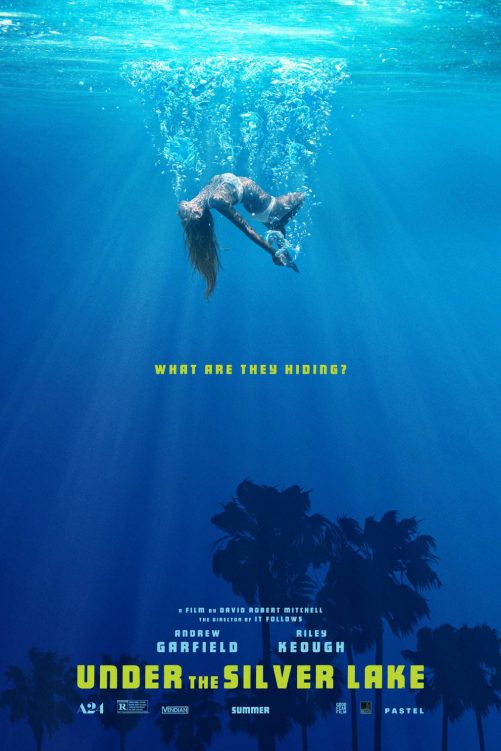
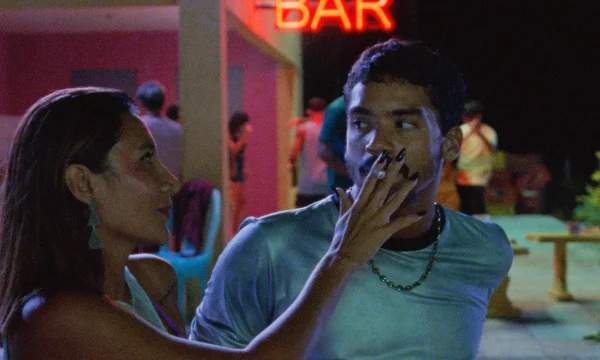
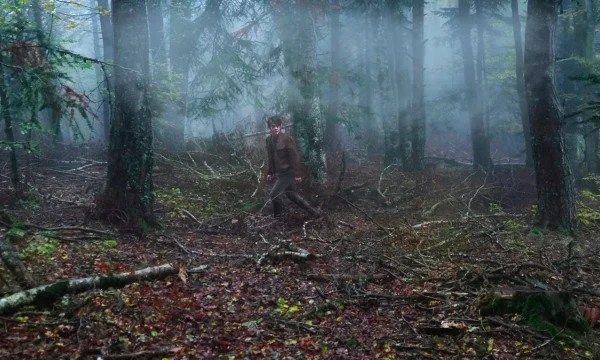
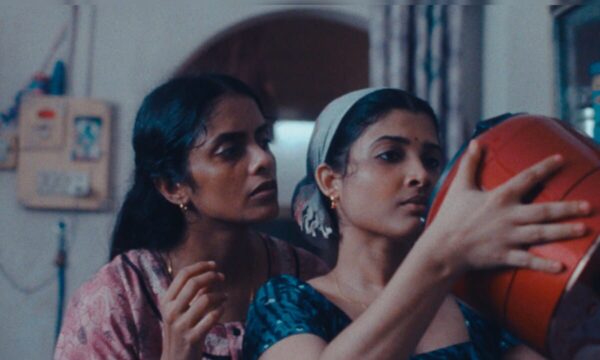
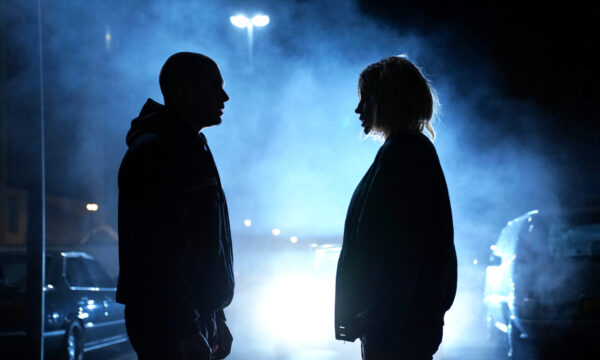

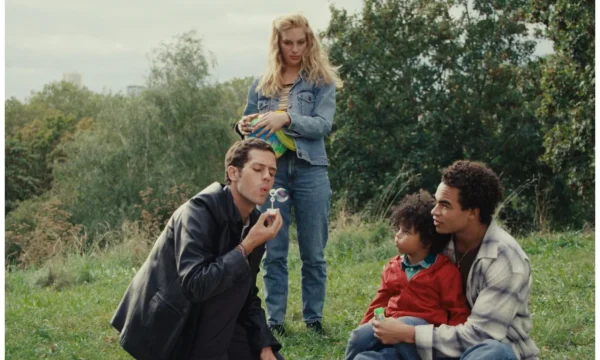
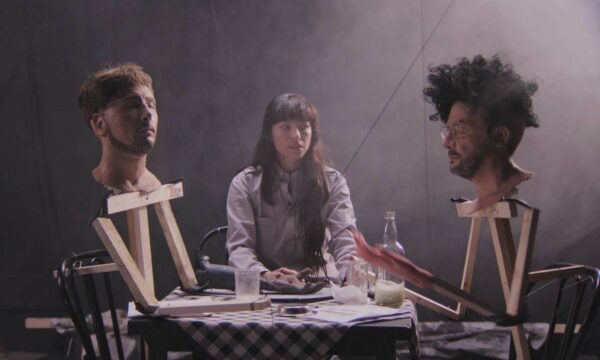
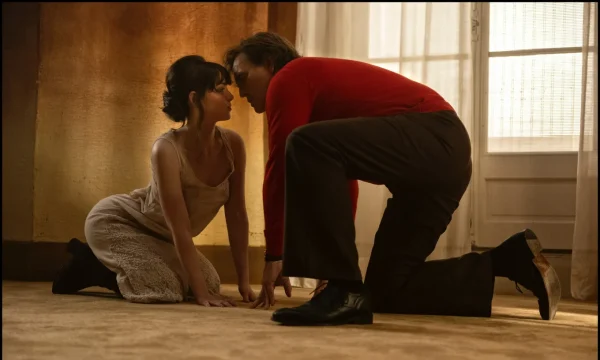
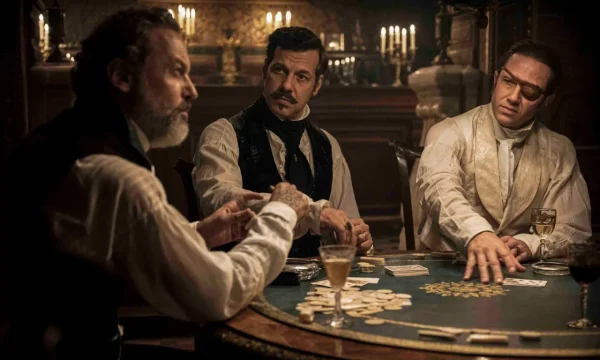








Facebook
Twitter
Instagram
YouTube
RSS